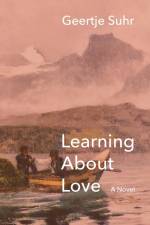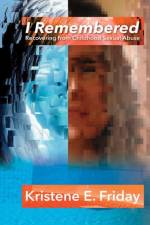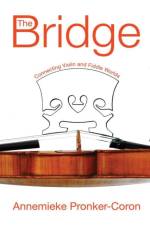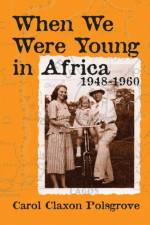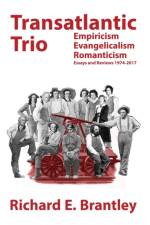- Empiricism, Evangelicalism, Romanticism: Essays and Reviews 1974-2017
av Richard E Brantley
847
The essays and reviews in Transatlantic Trio are laid out in a sequence that, though differing slightly from the chronological order in which they were first printed, best reveals the scholarly narrative implicit throughout these formerly scattered, yet now assembled, shorter pieces. One case—namely, “Locke and Wesley: An Essence of Influence”—compresses the collection’s take not just on the British, but on the British-to-Anglo-American, milieu. At least one essay in the first series, accordingly, may be short enough for readers in a hurry. Two cases, as already specified in the bibliographical listings, re-publish only the longer of two pieces otherwise similar. Another case revises the piece in question, and changes its title from “Romanticism and Christianity” to “Empiricism and Evangelicalism: A Combination of Romanticism”: this revision offers readers the quickest way to acquaint themselves with the series as a whole (books included). Establishing the broadest parameters of all the essays, a final case expands the piece and changes its title from “The Common Ground of Wesley and Edwards” to “Wesley and Edwards: An Anglo-American Nexus.” All other reprints remain as they were, except for occasional clarifications and typographical corrections (for convenience in transcribing, the somewhat differing styles of citation favored among the various original publishers are retained). May readers discover only the forgivable extent of remaining infelicity!Browsers among these essays and reviews may wish to consider whether or not British empiricism and the empirical evangelicalism of the Anglo-American world can each in its own right prove as worthy to be read for its manner as for its thoughts. Readers might also stay alert to how the confluence of empirical philosophy and evangelical faith in the neoclassic-to-Romantic imagination helps explain 19th-century authors as aficionados of the realistic and of the preternatural at one and the same time. From their varying but corresponding points of view, these thirty-eight reissues do not just examine, but dwell in the possibility of, intellectual, emotional, and imaginative re-integration. Please take to heart, again—before perusing the first essay—all three epigraphs, thereby bringing the prologue full circle. The Shelley stanza gives an important, surprising directive for anyone’s natural-cum-spiritual experience. The Koestler statement provides a succinct, stimulating watchword for aesthetic endeavor. And the Wiman meditation bears on how a life’s work ranges from the professional to the personal.


